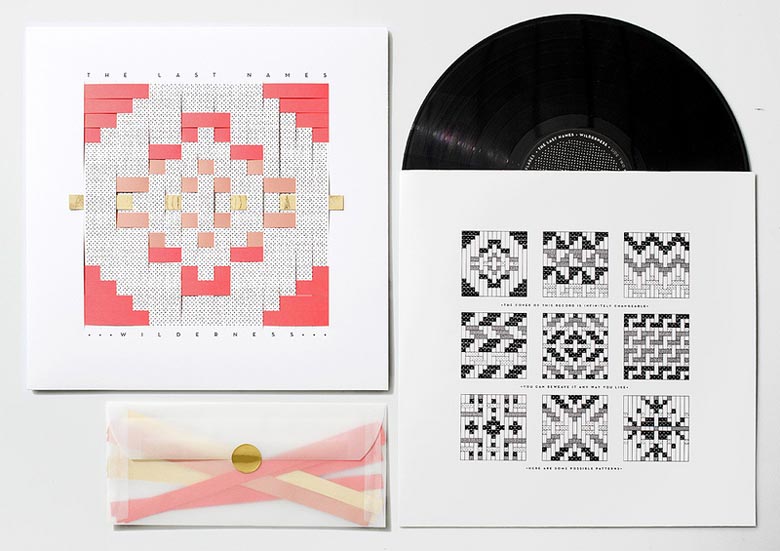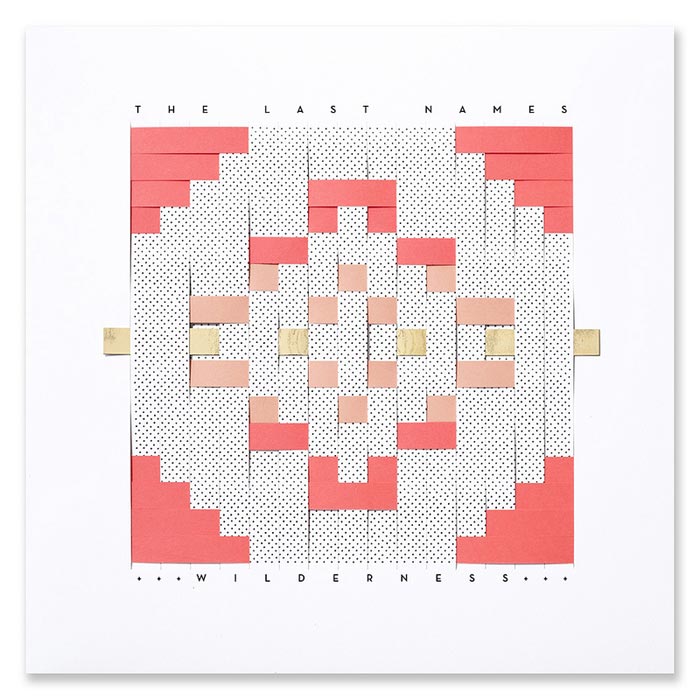Read on as they explain how the album artwork came to fruition, how patterns influence The Last Names’ music and vice versa, and more.
You guys recorded and mixed Wilderness yourselves. Did this DIY process influence the album cover artwork or was it always decided that it would have a hand-crafted element to it?
Both the recording and the packaging come from the same impulse. We are really into things that feel intimate and handmade. There’s a warmth and personality to things you make yourself.
The album cover is highly pattern-based and offers a lot of flexibility in terms of what it looks like. How much experimentation was there, and were you surprised by the number of possible iterations? Where did these pattern ideas come from?
The idea for the album cover came from Friedrich Froebel, who developed an educational system in the 1800s that was based on geometric forms and creative design. His teachings influenced modern art and were a big inspiration for the Bauhaus movement and Frank Lloyd Wright. Classroom activities included building forms with wooden blocks, origami, and weaving patterns with paper strips, which is where we got the idea for the album cover.
We started by looking at patterns that Froebel suggested, but ended up experimenting a lot with our own. We marked out 15×15 square grids on graph paper and penciled in a bunch of possibilities. Then we sat down with a prototype and figured out which ones worked best. We were surprised at how different the patterns came across: some felt flat and some felt three-dimentional, some used the negative space to create the design and some just sat on top of it. The permutations are nearly endless, and we’re still playing around with them.
How, if at all, do you think your being presently inspired by textile designs influences your sound or approach to creating your sound?
We’ve always been home recorders — we started years ago on a Tascam 4-track — and we build our songs layer by layer, adding and taking away until the composition feels right. We play with patterns and repetition, focusing on weaving each part seamlessly into the whole.
There are a lot of parallels between the way we make music and the process of designing textiles. But more than anything, I think we are inspired by the spirit of specific designs — the Bauhaus weavings of Gunta Stolzl, for example — that are playful, and that reinvent the rules.
ALBUM COVER INTERVIEW CONTINUES BELOW
What is your opinion on hand-crafted projects in the digital age, from both a creator and a consumer standpoint? What aspects of them do you find most valuable?
I love something that you can hold in your hand. It’s such a different experience than looking at something on a computer screen. Handmade objects feel special. They’ve got heart and humanity, and they’re more like a gift than a commodity. When you get something hand-crafted you feel a real connection to the person who made it.
You guys also play in Bishop Allen and have a covers project. Can you tell me more about both of those outlets and what we can expect from you guys, in general, as you move forward creatively?
We’re recording and releasing a cover every week this year. We’re 35 songs in. We’ve been posting the songs for free on our Soundcloud, but when they’re all done, we’re planning to release a limited edition vinyl version. We’ve been experimenting a lot doing the covers, and we’re excited to take what we’ve learned and use it to make a whole new batch of The Last Names’ songs.
We’re also about to start writing the new Bishop Allen record, and both bands will be on tour sometime next year. Darbie is also hard at work running Field Guide Design, where she makes jewelry and paper goods, and Justin acted in a movie called Doomsdays, which should come out sometime next year.
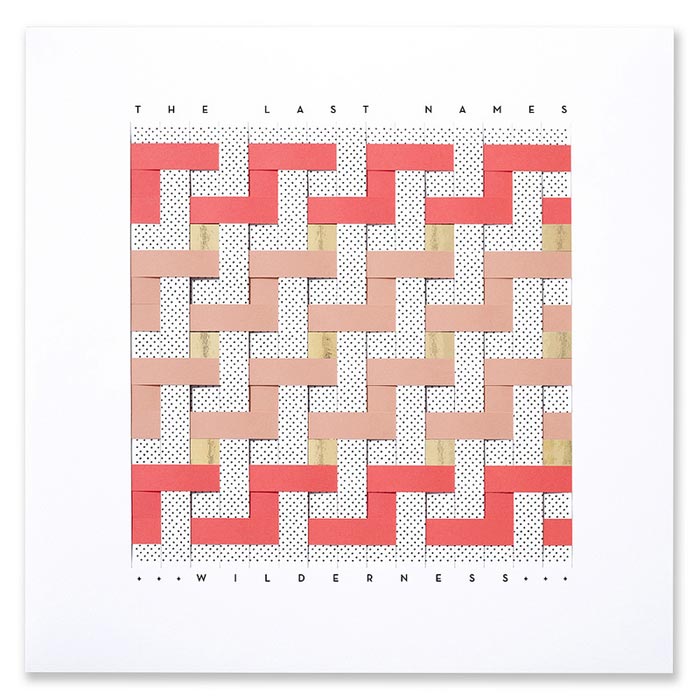
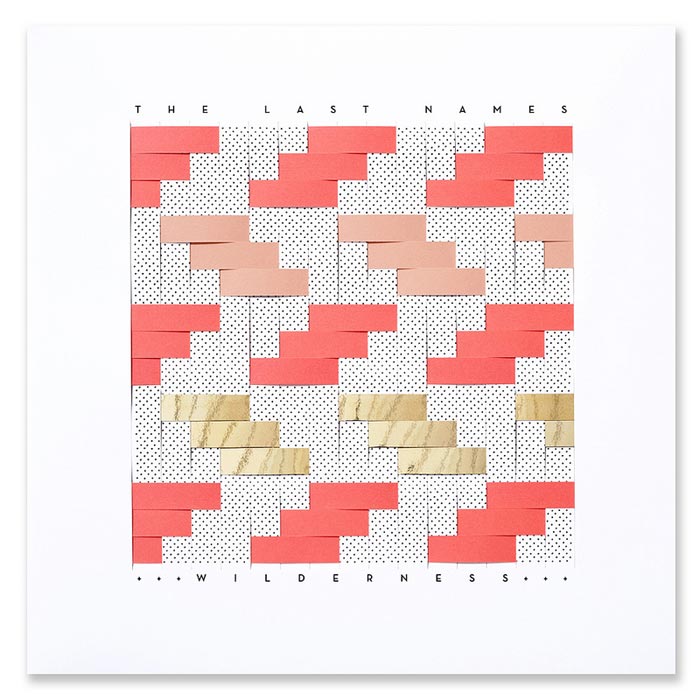
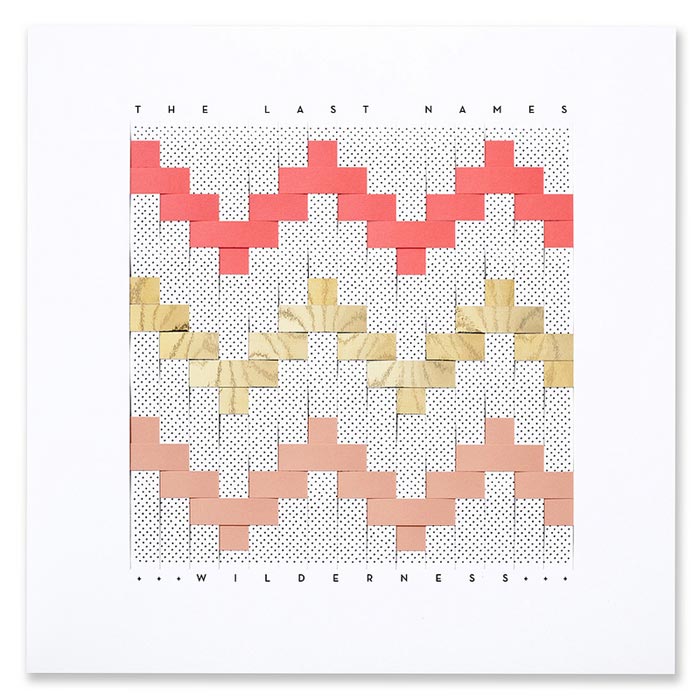
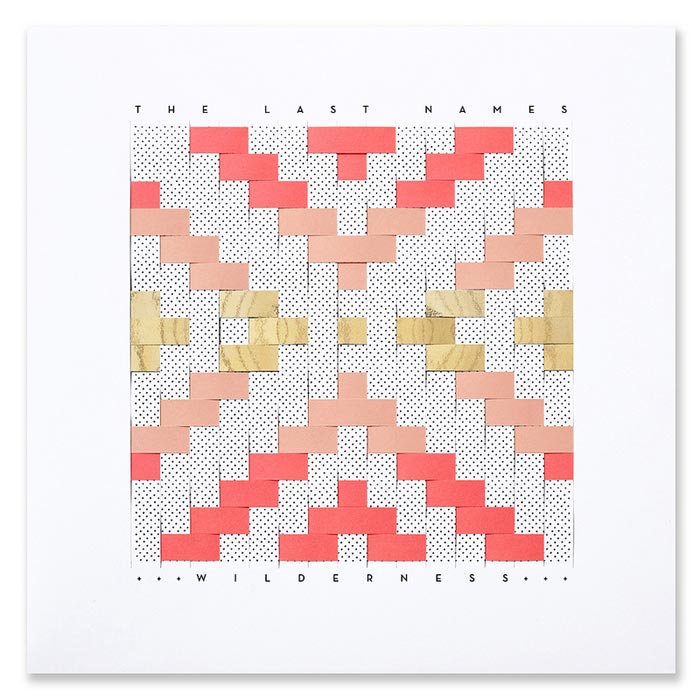
Ω

